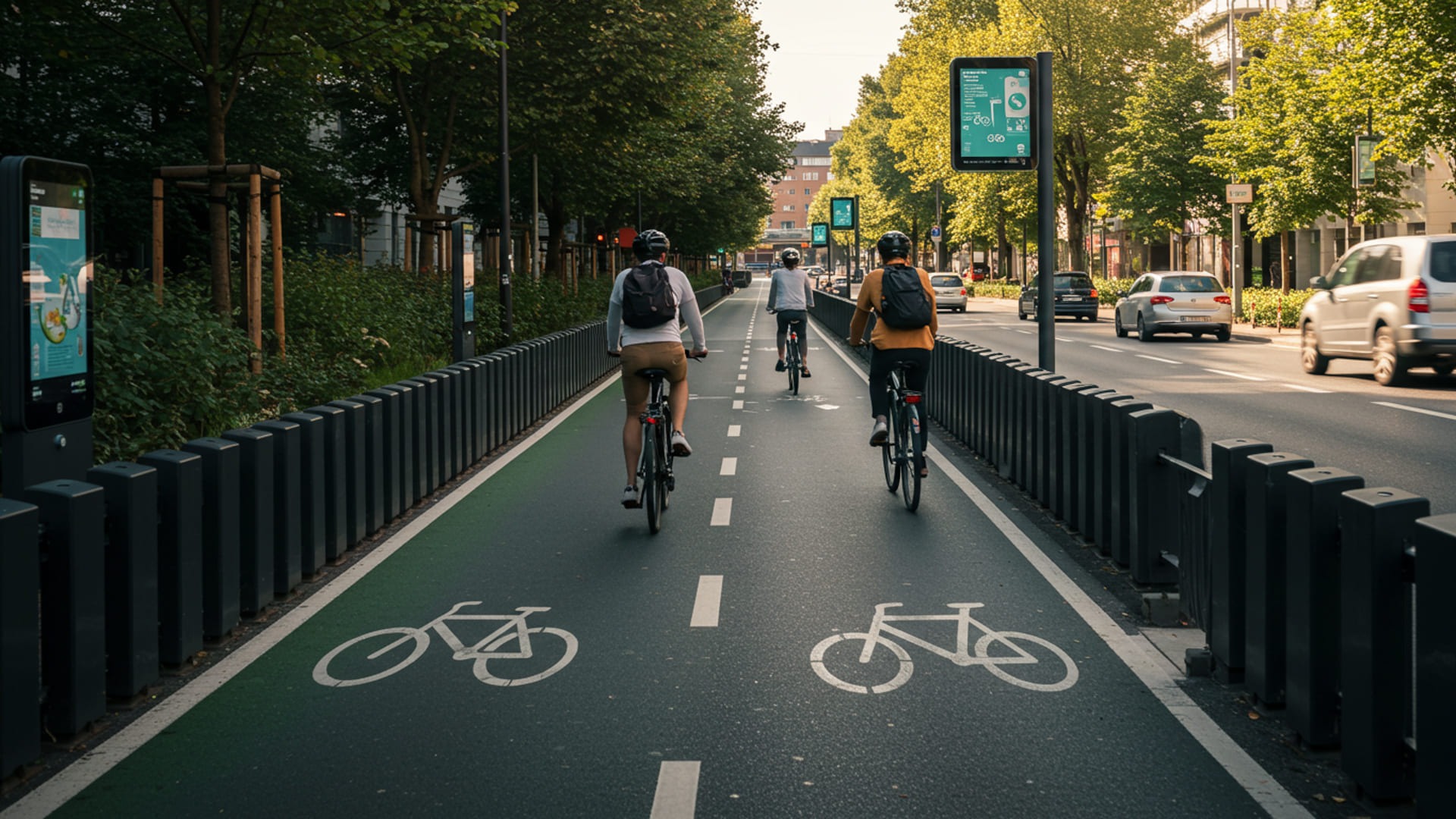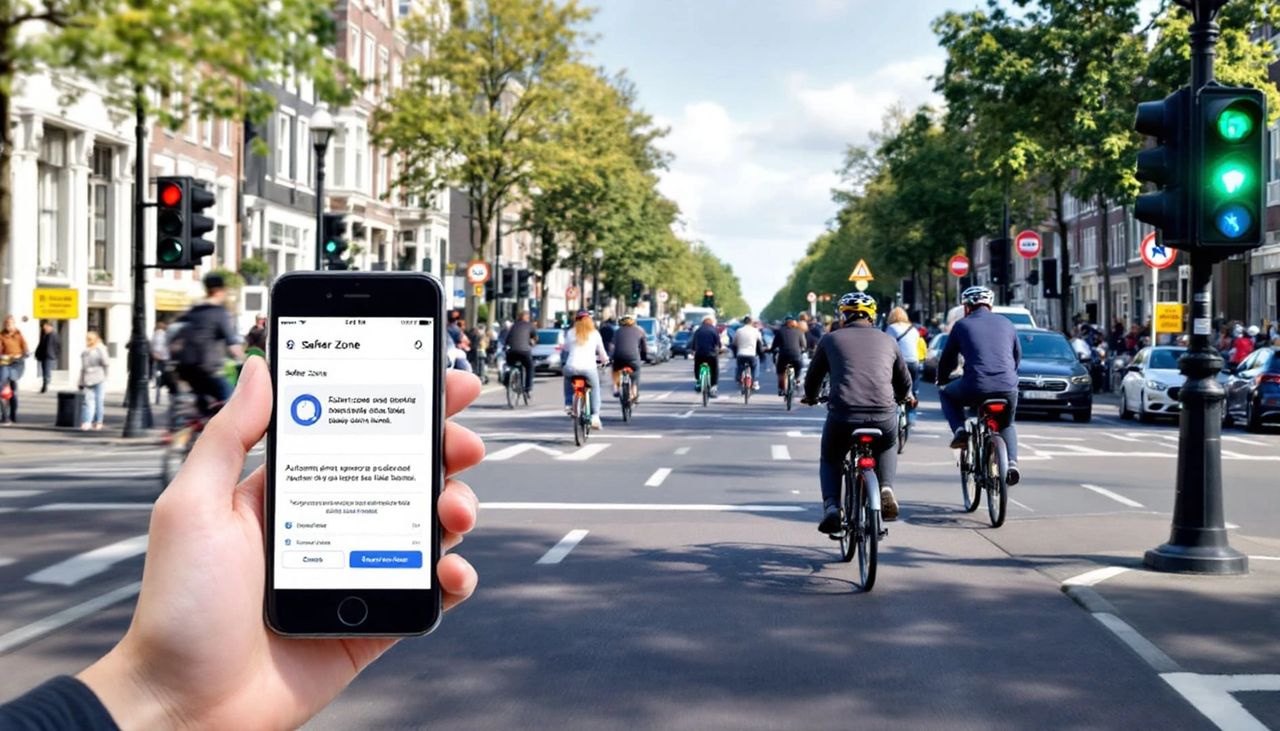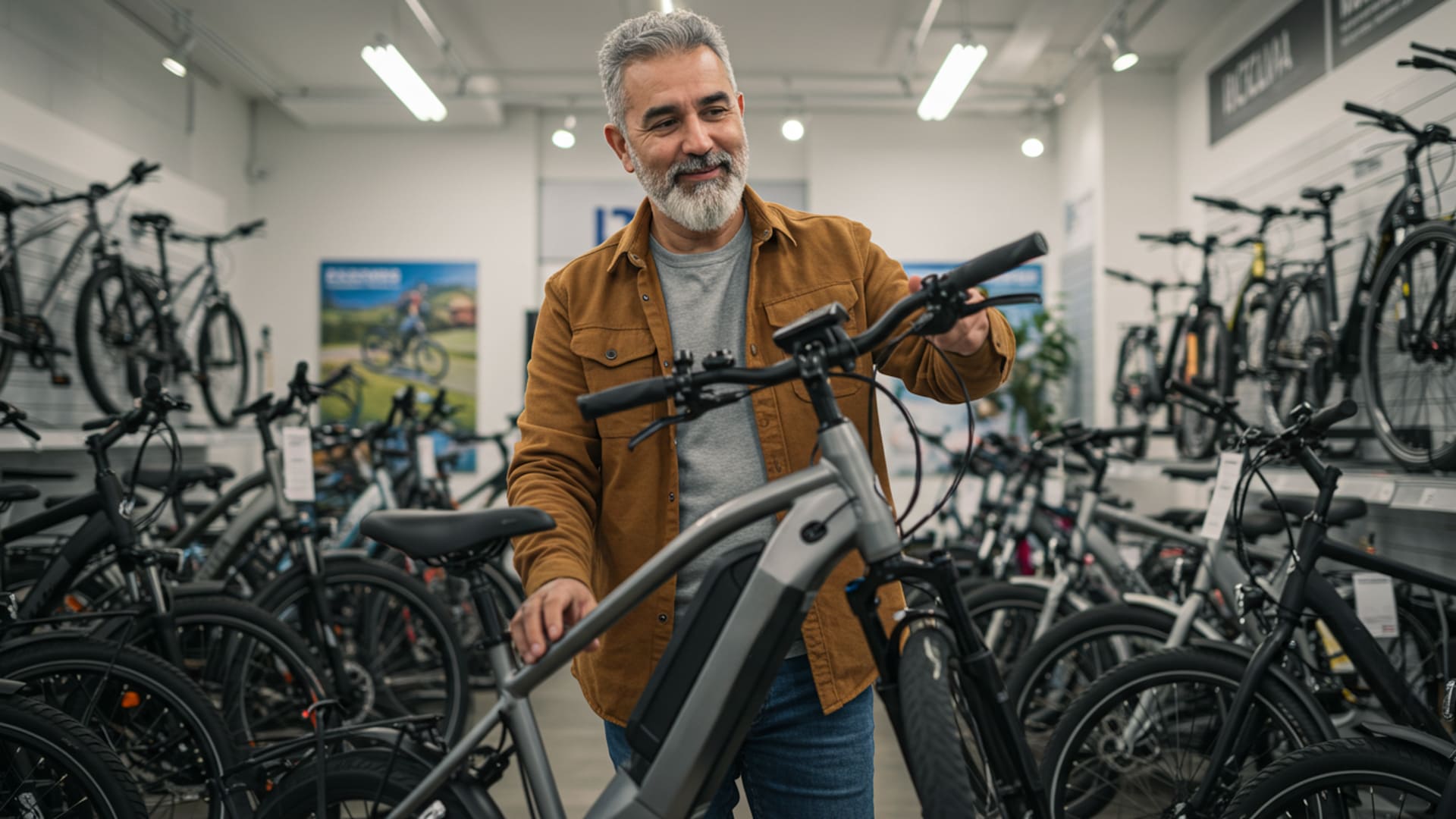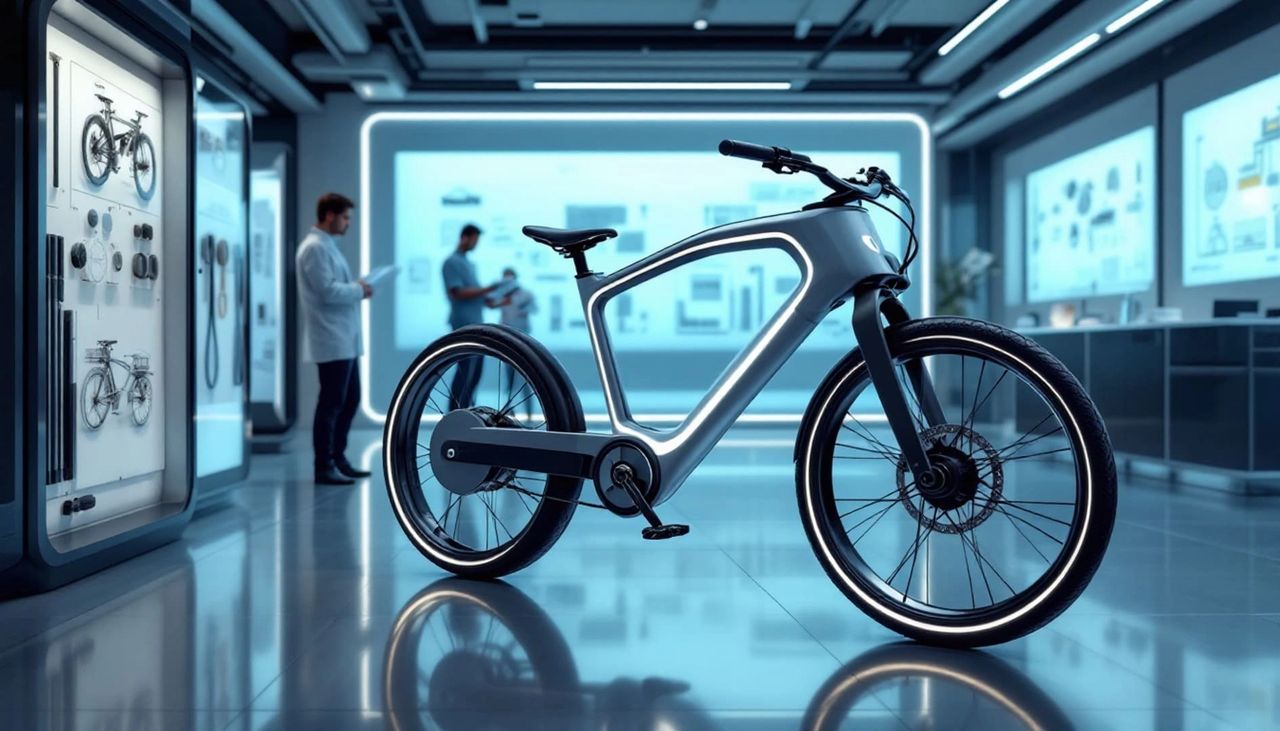E-bikes are changing how people move—but for the movement to grow, cities and towns must adapt their infrastructure. Across the U.S., there’s a growing push to design communities not just for cars, but for people on two wheels. E-bikes, with their increased speed and range, present unique challenges and opportunities for city planners and mobility advocates alike.
Traditional bike lanes, while essential, don’t always accommodate the needs of e-bike riders. Higher speeds mean longer stopping distances and more significant interactions with vehicle traffic. To address this, some cities are developing “micromobility lanes”—wider, protected paths shared by e-bikes, scooters, and other low-speed electric vehicles.
Leading the way is PeopleForBikes, an advocacy group that works with municipalities to create safe, connected cycling networks. Their “Great Bike Infrastructure Project” supports the development of protected bike lanes and trails designed specifically with e-bike use in mind.
In California, the city of Oakland is rethinking its entire transportation grid to be more inclusive of micromobility. One major innovation is the integration of Spin e-bike and scooter systems with dedicated drop zones and GPS-based speed limits. These initiatives are not only improving rider safety but also encouraging more residents to ditch their cars for short trips.
Technology also plays a crucial role. Smart intersections that communicate with e-bike apps, solar-powered charging stations, and data-sharing partnerships between public agencies and private operators are helping optimize infrastructure for electric riders. In New York, Superpedestrian, known for its safety-first LINK scooters, is piloting tech that can detect improper riding behavior and alert both the rider and the city.
Still, funding remains a barrier. Most federal and state transportation dollars still prioritize cars. Advocacy groups are pushing for policy changes to include e-bike infrastructure in transportation planning and budgeting. With growing public support, these efforts are starting to gain traction.
Ultimately, the success of e-bike adoption hinges on infrastructure that keeps pace. By investing in safe, thoughtful, and tech-forward design, cities can ensure a future where micromobility thrives—and every rider has a place on the road.








Leave a Reply